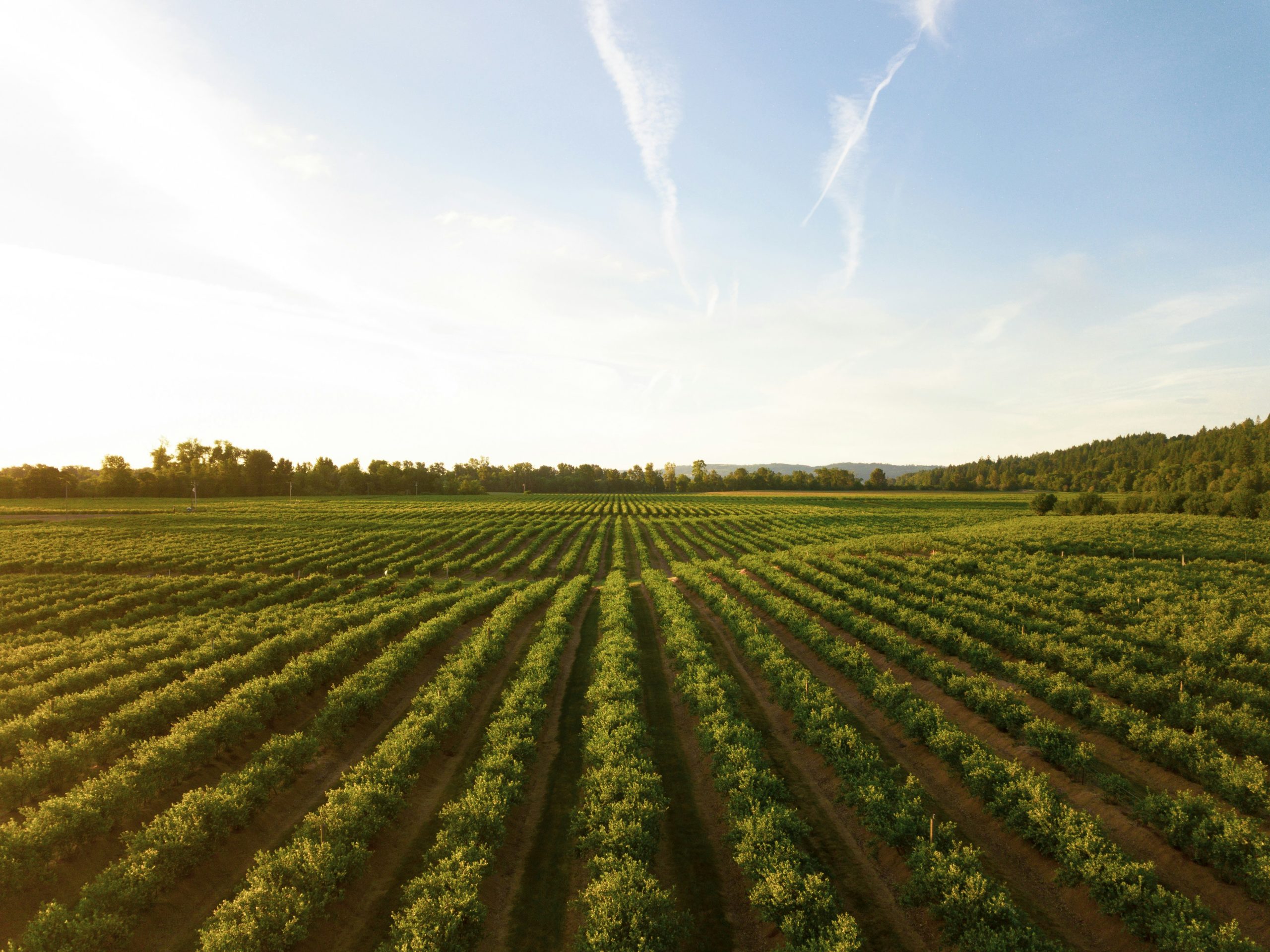Have you ever wondered how hilly people are so well-maintained? Well, let us see the sustainability of our people.
Mirik is supposedly a small place with fertile soil, moderate temperature, and vast lands of tea plantations in it. People here aren’t only dependent on tea plantations but other organic vegetables like squash or Chayote ( called iskus), a fruity vegetable with thorns on the outside but a juicy slimy texture on the inside.

Iskus is grown by gently seeding in the topsoil, and making a foundation of small bamboo sticks to an enormous foundation, as we see, with changing days the iskus starts shooting, and with that comes us a great leafy vegetable authentically called iskus ko munta( Chayote/ squash leaves). These vegetables are juicy when cooked and go great with Chapati. Soon the iskus ko jhyang (i.e. bamboo foundation) starts producing iskus( squash) with great quantities that are supplied all over Siliguri, with loaded trucks full of iskus. After the jhyang starts to decompose, it still has another vegetable for us, now we come up with our final product the is iskus ko jara, these vegetables are dug and can be found as diamonds under the soil, called the iskus ko jara, also has a great water content in it and a very healthy and refreshing vegetable in the winters.
“Saag ropey Ghar Santi bhaye”( cultivating spinach helps households make peace), this proverb used to be said by my boju to all the kids in my household, including me. I never understood it back then but now I feel the same. Saag is an easy crop, we throw away the seeds in a uniform manner, add water to it every day with adequate sunlight and we come up with our greatest hurdles and bundles of saag. It is very juicy when cooked, which gives us great fiber every day, along with health benefits like weight loss, increased digestion, increased vitamin, and great mineral content.

Winters are never complete without tarul ( in other words Casavaa, tapioca or yam). Several taruls like Ghar tarul, ban tarul, Sakarkhada, Pindalu, and, simal tarul, are planted four months before it’s plowing time. A festival popularly known as Makar Sankranti is celebrated with plenty of tarul, with an adequate amount of carbohydrates, increasing our oxygen level and making us more energetic in the cold.
Is it agreeable that people from the hills are more developed in their sustainability? These exotic vegetables which are great in a healthy lifestyle, including a great source of minerals, vitamins, and healthy carbohydrates make us live longer and breathe more.
Author : Akriti Chetri













